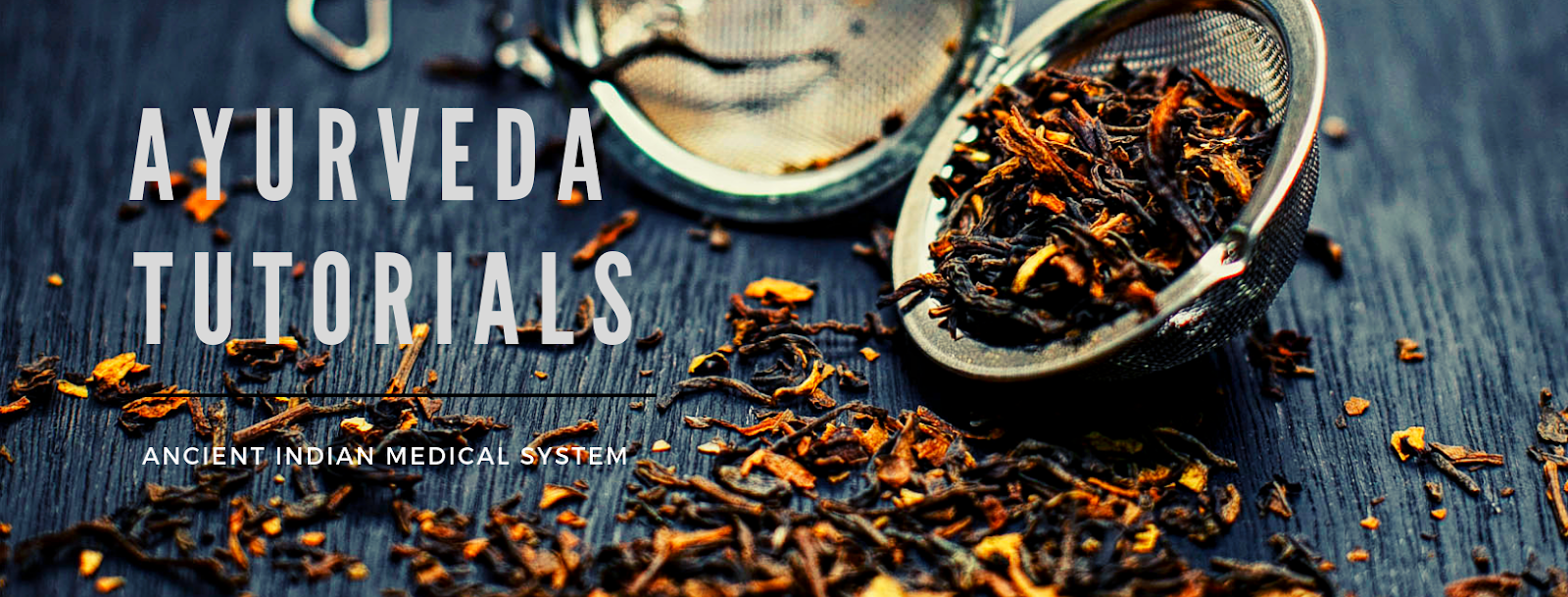 |
| Photo by Marijana |
Ritucharya
is the Ayurvedic practice of shifting your diet and lifestyle routine
with the changing seasons. It prepares us to seasonal changes and
balances all the three doshas. Understanding and following the simple
principles of ritucharya will keep the body in sync with the seasons.
Factors like temperature, humidity, wind, rain and daylight hours all
influence the body's natural cycles and vital systems. So it is
advised to follow such regimen to help in adapting in the seasonal
changes, and maintain your well being throughout the year.
Ayurveda and Autumn
 |
| Photo by Aaron Mello |
When
the leaves are beginning to turn yellow or red and the morning air is
cool and crisp, it's a sign that autumn is on its way.
Autumn
is the most rejuvenating season of the year and perfect time to
cleanse the body. Pitta dosha has been increasing all summer long and
now it's important to release this heat from our bodies. The best way
to detoxify your body is through panchakarma – five ayurvedic
purification therapies. It is done in professional ayurvedic clinics
and requires supervision by educated ayurvedic physicians.
Autumn
is the season that has all of the Vata qualities: dry, light, cold,
rough, subtle, mobile, clear and inconsistent.
If
you are experiencing frequent insomnia, constipation, joint pain,
headaches, irregular menstrual cycle, dry skin, anxiety these could
be signs that your Vata dosha is out of balance. If you are generally
feel this way in the autumn, it's important to bring your vata back
into balance. Make some changes in diet and lifestyle finding the
natural balance within. If we are in tune with nature's intelligence
and with our own body's needs, then we will naturally crave the foods
and daily routine that will keep us in balance during the seasonal
changes.
20 Ayurvedic Tips For Autumn
1. Foods
should be nourishing but easily digestible.
2. The
use of raw foods should be avoided as they disturb Vata dosha.
3. Follow Vata pacifying diet (rooted and grounding vegetables, warm soups,
warm and stimulating spices, lentils, stews, ghee, rice, kitchari).
4. Favor
sweet, sour and salty tastes.
5. Decrease
astringent, bitter and pungent tastes.
6. Drink
plenty of warm water or herbal teas during the day. Here is the
recipe for ayurvedic detox tea made of coriander, cumin and fennel seeds.
7. Don't
skip breakfast.
8. The
meal should be full, snacks are not recommended.
9. Vata
aggravating foods such as dry, fried, cool, light and raw are
contraindicated.
10. Warm
food will warm your body and ground your mind.
 |
| Photo by Cayla |
11. Before
going to bed it is good to drink a cup of warm turmeric milk.
12. Go
to bed before 10 am and rise before 6 pm.
13. Avoid
daytime sleep.
14. Be
mindful of staying warm by bundling up.
15. Wear
warm colors such as red, orange and yellow as they are good for
calming Vata dosha.
16. Take
triphala or ashwagandha powder. Triphala is herbal formulation
consisting of three Indian fruits. It balances all three doshas and
rejuvenates the body and mind. Ashwagandha is one of the most
powerful herbs. It promotes longevity by preventing aging and
disease. It pacifies Vata dosha. Read more about Ashwagandha here.
17. Massage
your body with warm sesame oil at least twice a week. Begin
with massaging the head for a few minutes. Put one or two drops of
oil in each ear and in the inner portion of the nose. Massage the
rest of the body for at least 5-10 minutes. The
purpose of a body massage is to loosen and mobilize accumulated
toxins in the deeper tissues of the body so that their removal
becomes easy.
It is particularly good for controlling Vata
dosha
that is often aggravated by modern lifestyle, wrong diet and cold or
windy climate.
Click
here to learn how to make your own authentic ayurvedic massage oil.
18. Use
grounding essential oils: vetiver, sandalwood, cedar, patchouli,
myrrh, cypress, angelica root, cinnamon, petitgrain, rosewood.
19. Hobbies
that will calm the Vata dosha: dancing, painting, crafting, knitting,
writing, cooking, designing, playing instruments.
20. Enjoy
the smell of fallen leaves and the colors of the transitional cycle.
 |
| Photo by Silvia and Frank |
"Winter is an etching,
spring a watercolor,
summer an oil painting,
and autumn a mosaic of them all."
Stanley Horowitz
Author: Ayurveda Tutorials
Related articles:
Ayurvedic Regimen For Winter
Ayurvedic Regimen For Spring
Ayurvedic Regimen For Summer
Ayurvedic Daily Routine - Dinacharya
Ayurvedic Regimen For Restful Sleep

hi
ReplyDelete